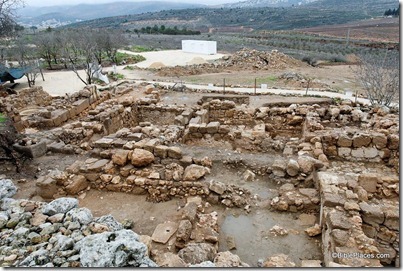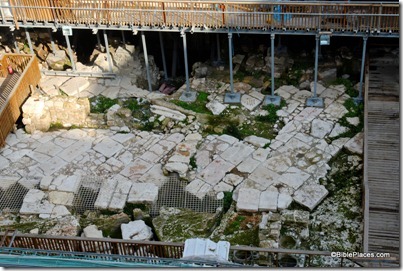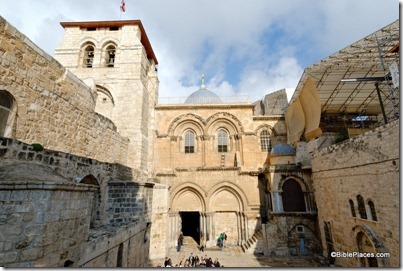For several years now, Brian Janeway has reported on major presentations and discussions at the Annual Meetings of the American Schools of Oriental Research in order to engage the armchair archaeologist who is unable to travel to the November conference. He has now posted his review at the website of the Associates for Biblical Research, summarizing sessions on the Philistines, the state of biblical archaeology, the Conquest narratives, biblical meals, Caesarea, and the wine of Jesus.
One subject of particular interest is Joshua’s conquest and how this is interpreted by one self-identified “maximalist.”
Perhaps it was fitting then, that Dr. Daniel Browning from William Carey University, following in the Rainey tradition, mounted a spirited critique of the findings of Dr. Bryant Wood in “Hazor versus Jericho and Ai: Dealing with Mixed Archaeological Data in Evaluating the Joshua Narrative.” Coming from a scholar who styled himself a “maximalist” regarding the Biblical text, the paper was both surprising and disappointing—the former for its contemptuous dismissal of any “maximalist” (literal) reading of Joshua—and the latter for its utter lack of reference to physical evidence presented by Wood and others. All attempts by evangelicals to interpret the data (at Jericho, Ai, and Hazor) differently than Kenyon and others are reduced to “tactics,” all of which fail on the level of presupposition—failing to see the text as a theological and not a historical one. The real key to understanding Jericho and Ai is in the figures of Rahab and Achan, who are juxtaposed to drive the underlying theological agenda. Only at Hazor can archaeological finds be made to fit the conquest narrative. In singling out Bryant Wood, Browning’s failure to cite the ceramic and stratigraphic basis of Wood’s thesis is intellectually dishonest. His largely literary approach deserves a learned archaeological response, which was not provided in San Francisco. Perhaps it is time for Dr. Wood to mount a defense of his own at the next ASOR Meetings?
In my opinion, it is an elementary error to assume that literary artistry precludes accurate historical recording.
Janeway’s full report is here.





